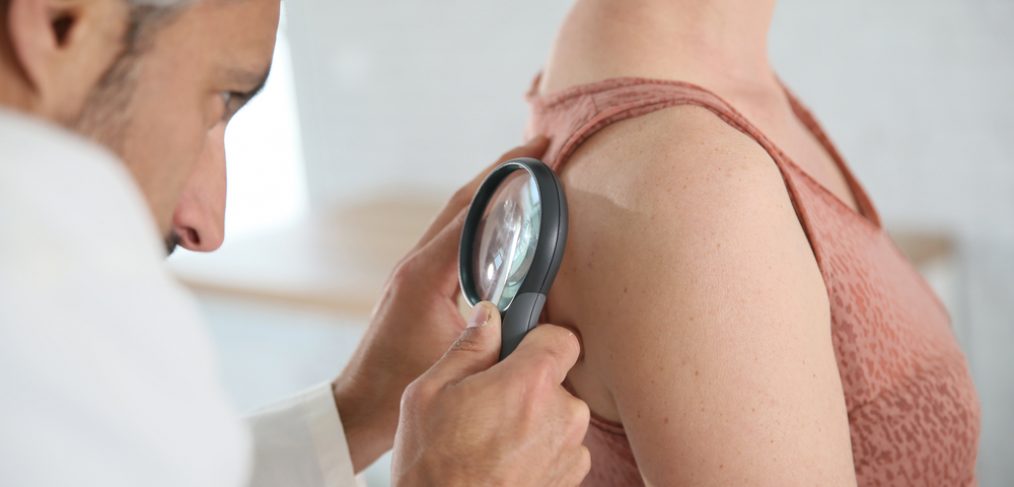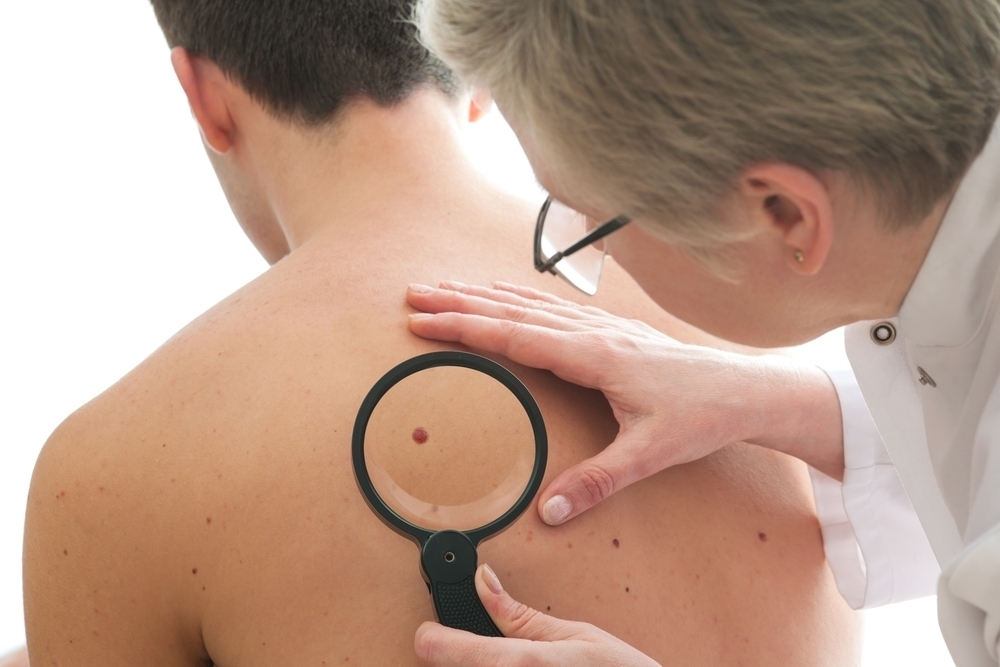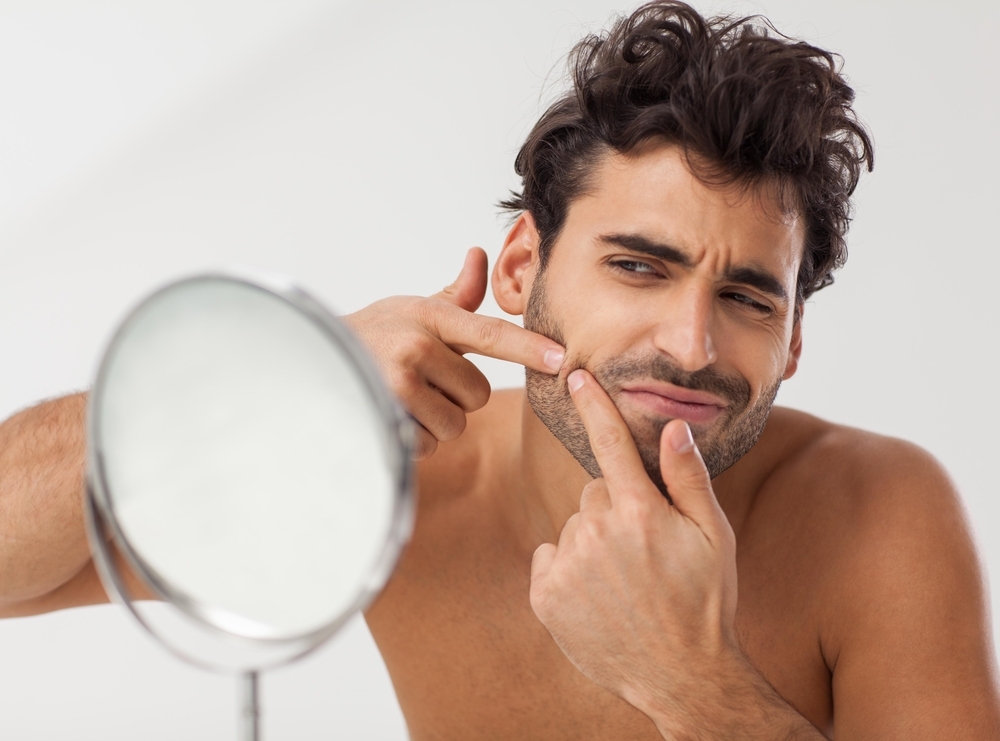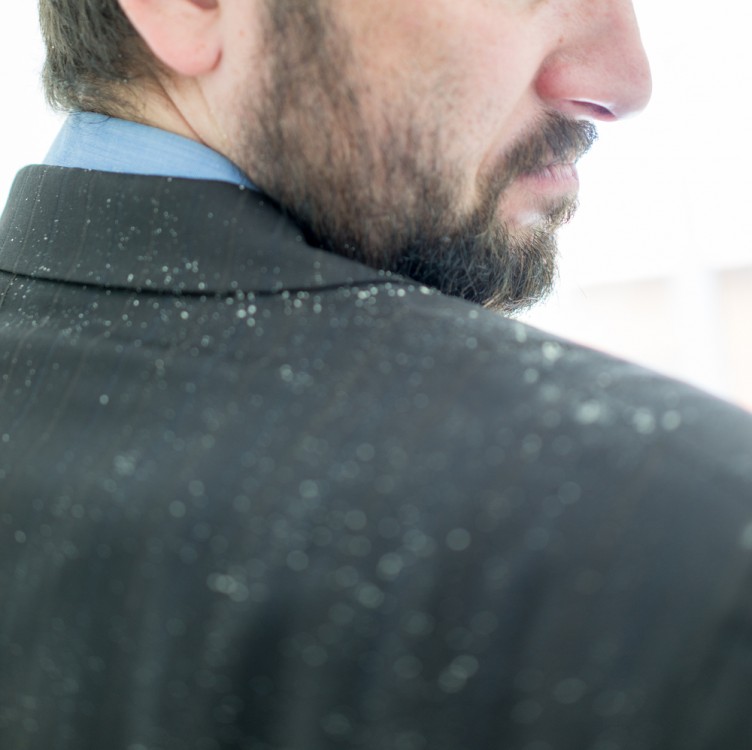Normally, when one thinks of nudist colonies, one thinks of images of nature, free love, lack of inhibitions and a return to innocence. What they may not think of is skin cancer. Cancer of the skin is the most common type of cancer. According to the American Cancer society, about 76,380 melanomas will be diagnosed in 2016.
There are two types of skin cancers: melanoma and non-melanoma. Melanoma is the most dangerous form and is likely to spread other parts of the body. It begins in the deepest layer of the skin. Non-melanoma is less dangerous and can usually be surgically treated. It is found in the upper and middle layers of the skin.
Melanoma Signs
The first sign of melanoma is typically a growth on the skin or a change in a mole that you have had for a while. While normal moles tend to arrive at an early age and remain unchanged, it is quite a different story with melanoma. They are more likely to appear suddenly and change rapidly.
The ABCDE
The Melanoma Research Foundation suggests that you use the ABCDE method to classify and identify melanoma.
A- Asymmetrical Shape: While benign moles tend to be symmetrical, melanoma moles are usually shaped irregularly.
B- Border: Melanoma lesions tend to have unclear borders and blurred outlines, whereas non-malignant ones have smooth, well- defined borders.
C-Color: Melanoma lesions are often characterized by several unevenly distributed colors, usually blue, tan or black.
D- Diameter: Melanoma lesions often measure more the 6 millimeters in diameter.
E-Evolution: The most telling sign that your lesion is cancerous is its evolution, If you notice the mole changing in size and color, contact your dermatologist.
When You Should Worry About A Pre-existing Mole
Moles are common and are usually the result of a normal reaction to the sun. However, you may consider having a mole checked out if you experience:
- Crusting, scabbing,bleeding
- Itchiness of tenderness
- Swelling or increasing size
Non-melanoma Skin Cancer
The Uk National Health Service Reports that, “The main symptom of non-melanoma skin cancer is the appearance of a lump or discolored patch on the skin that won’t heal.'”The most common types are basal cell carcinoma and squamous cell carcinoma.
Basal Cell Carcinoma
Although it is not known to spread to other areas of the body, basal cell carcinoma can result in disfigurement if it is not cared for properly. It can be identified by:
- a pearly bump in which you can see blood cells
- an irritated scaly patches on the back or chest
- a bleeding open sore that becomes crusty
- a white lesion resembling a scar
- a pink mole with a light dent in the middle
Squamous Cell Carcinoma
Usually caused by overexposure to the sun, squamous cell carcinoma can spread to other areas of your skin, although widespread carcinoma is unlikely. Look out for:
- Crusty, wart-like bumps
- Scaly patches with a tendency to bleed
- Open sores that bleed or form crusts
- red nodules
So, if you want to take your clothes off in the sun, just remember to keep your sunblock on and if you notice any changes in your skin, please go see a dermatologist asap!










